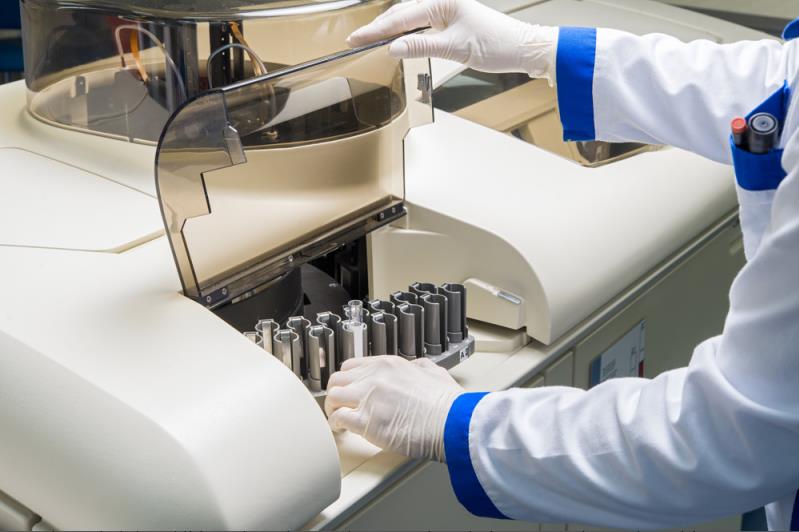A brief analysis of the key points of IVDR
IVDR stands for In Vitro Diagnostic Regulation, which is a regulation adopted by the European Union to ensure the safety and performance of in vitro diagnostic medical devices (IVDs). The regulation was published in May 2017 and replaces the previous In Vitro Diagnostic Directive (IVDD). The new regulation aims to strengthen the rules for the development, manufacture, and marketing of IVDs.
The IVDR was scheduled to take effect in May 2022, but its implementation has been delayed by one year due to the COVID-19 pandemic. It is now set to be fully applicable in May 2023.
This article will briefly analyze the latest IVDR for you.

1 The main differences between IVDR and IVDD
In IVDR, the supervision standards for marketed products have been raised, and the requirements for Unique Device Identification (UDI) have been expanded.
The two new requirements of IVDR are:there must be at least one person in the organization responsible for ensuring the company's compliance with IVDR standards, and to ensure that patients who receive genetic testing results are provided with channels for consultation.
2 New IVDR product classification system
IVDR has replaced the old two-level IVDD system with a four-level system based on patient and public health risks.
Moreover, more products are now classified as high-risk and must be evaluated by notified body.

3 The latest requirements for clinical evidence
According to IVDR, the applicant is required to demonstrate that the product performance and clinical evidence of all IVD products meet regulatory requirements. The clinical evidence recognized by IVDR includes clinical data and performance evaluation results.
The product datasets need to support the product in terms of quality and quantity, and ensure that the product meet the expected clinical benefit standards when used as intended. In addition, the relevant data mentioned above must be packaged for notified body to assess their effectiveness.
4 Performance Evaluation Report
IVDR regulations require that all products provide a Performance Evaluation Report (PER) to verify that the product meets the general safety and performance requirements.
PER includes scientific validity reports, analytical performance reports, clinical performance reports, and others.
The applicant must continuously update the PER throughout the entire life cycle of the device, using new data and factual information from post-market performance tracking and post-market surveillance systems.

5 Classification Decision
The classification decision is based on the intended purpose.
According to IVDR regulations, the applicant is responsible for demonstrating the performance and scientific validity of the product, comprehending the classification rules, and determining the appropriate category. The notified body will verify the accuracy of the classification.
6 Method for determining compliance with IVDR
To determine the current level of compliance and the subsequent steps for each in vitro diagnostic (IVD) medical device, the applicant should follow the following procedures:
(1) Determine the scope and device classification;
(2) Conduct gap analysis based on direct requirements;
(3) Develop a transition strategy.
The workload involved is significant, and the applicant should remember to take action and develop a plan as soon as possible.
Related Immunoassays
- Cardiac Markers
-
Tumor Marker
-
PGII
-
G17
- CA50
-
CA125
- CA242
-
CA15-3
- CA19-9
- CA72-4
-
Pepsinogens I (PGI)
-
Human Epididymis 4 (HE4)
- Prostate-Specific Antigen (PSA)
- Squamous Cell Carcinoma (SCC)
- Neuron-Specific Enolase (NSE)
- Cytokeratin 19 Fragment (CYFRA21-1)
- Human Progastrin-releasing Peptide (ProGRP Tumor Marker)
- Protein Induced by Vitamin K Absence or Antagonist-II (PIVKA II Tumor Marker)
- Alpha-fetoprotein(AFP)
-
CEA
-
Human Chitinase 3-like 1
-
PGII
- Inflammatory Marker
- Infectious Disease
- Hormones
- Thyroid Function
- Glucose Metabolism
- Bone Marker
- Others
-
Heterophilic Blocking Reagent
- Animal Diagnostics

















